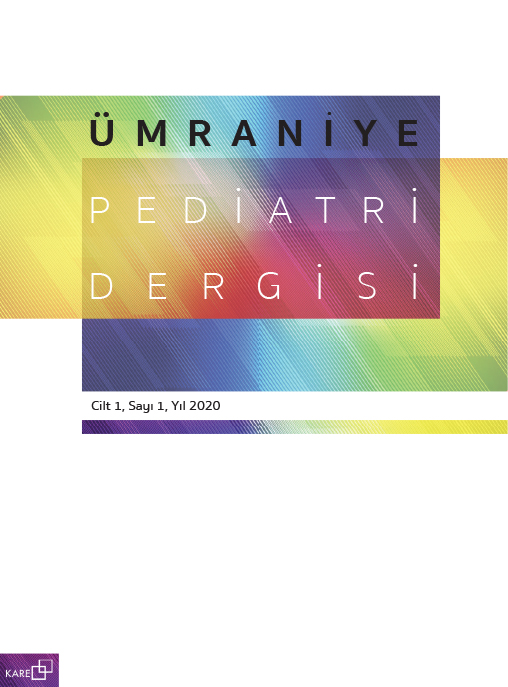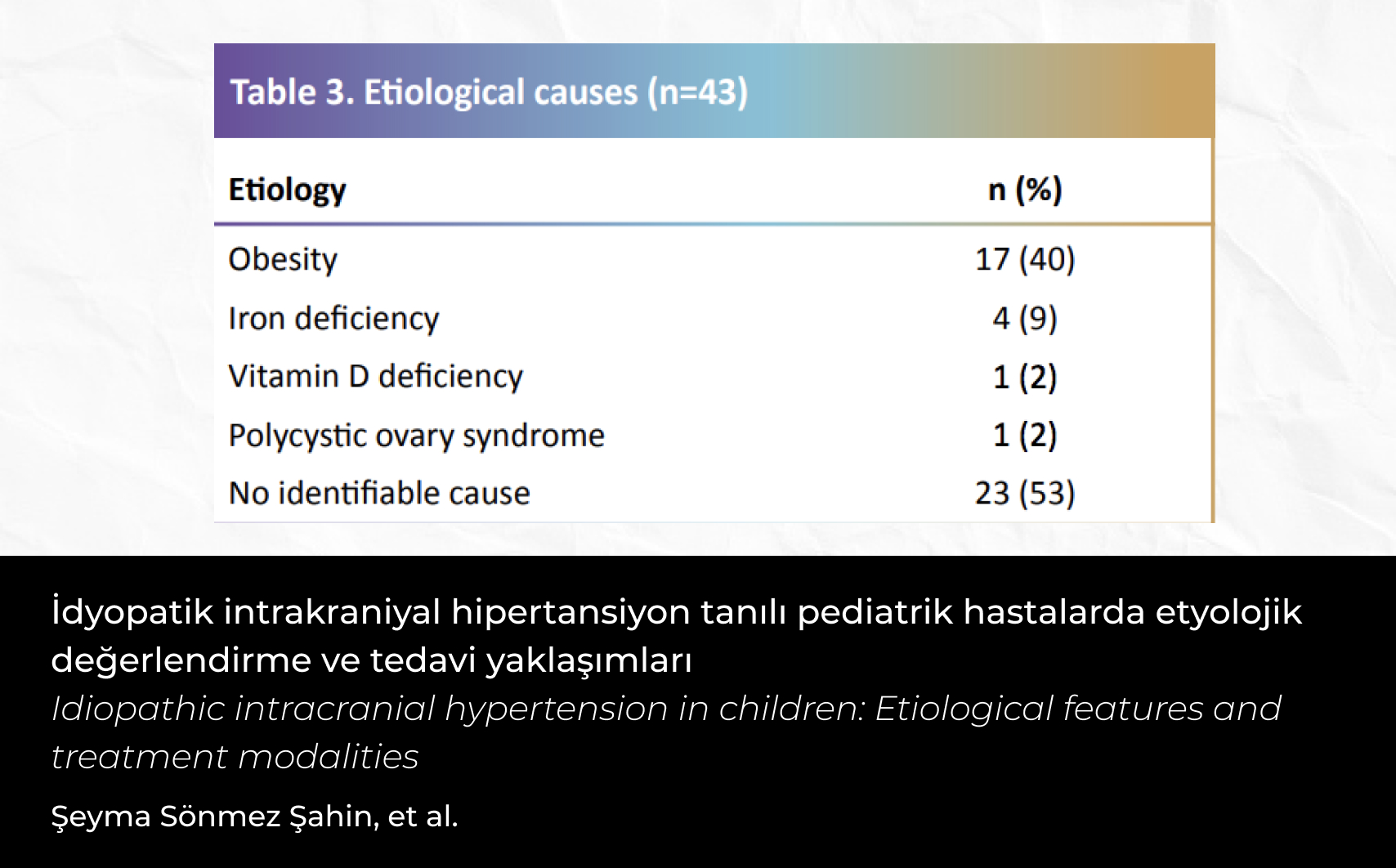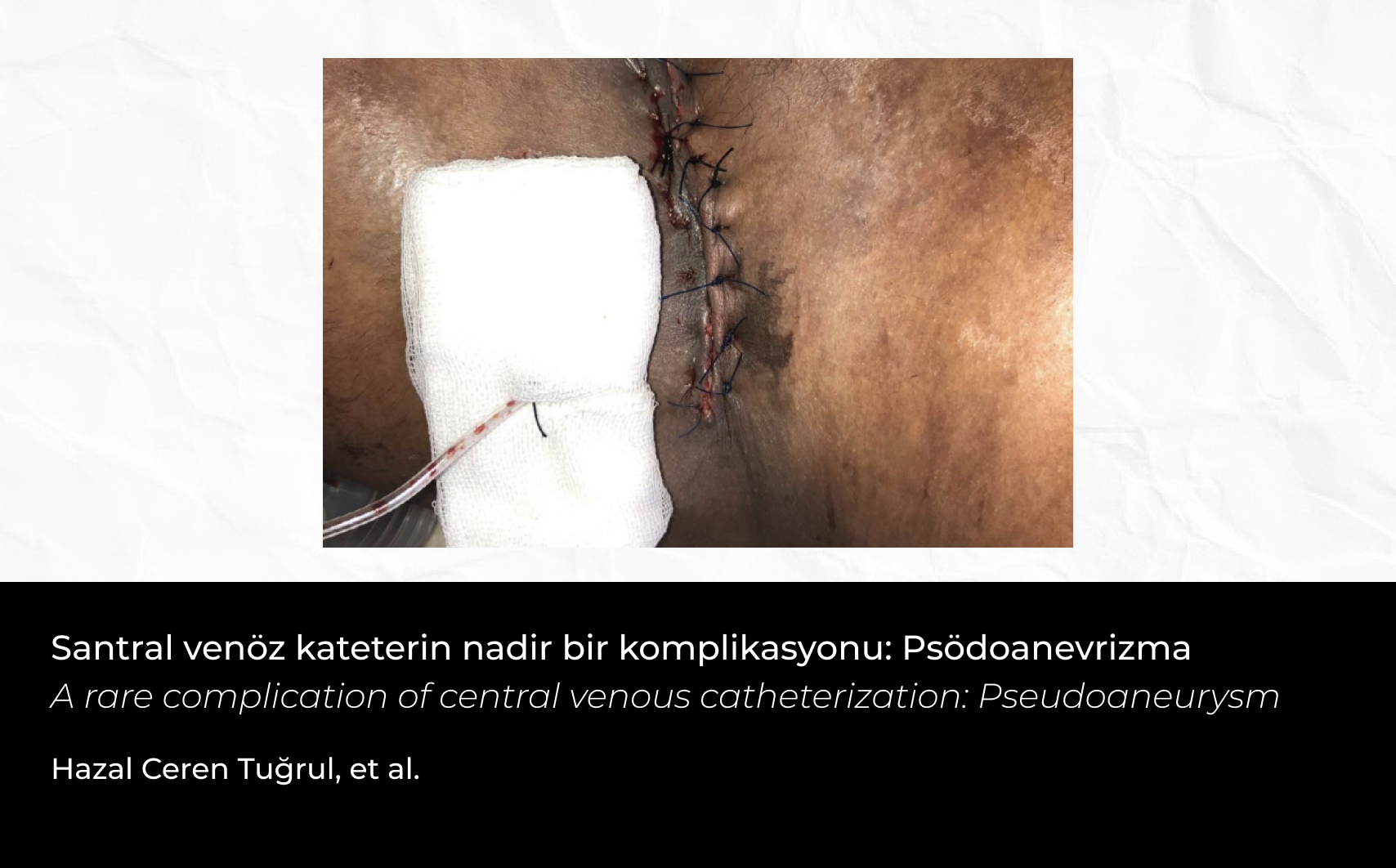2Başkent Üniversitesi İstanbul Hastanesi, Pediatrik Nefroloji Bölümü, İstanbul, Türkiye
Özet
Amaç: Ödem, nefrotik sendromun çok önemli bir klinik bulgusu olmasına karşın, tedavisi konusunda kanıta dayalı veriler yeterli değildir. Bu çalışma, minimal değişiklik gösteren nefrotik sendrom (MDNS)’da ödem gelişimi ve gerilemesinde etkili mekanizmanın belirlenmesi ve çocukluk çağında nefrotik ödeme klinik yaklaşımda kullanılacak somut bilgileri ortaya koymak amacıyla yapılmıştır.
Gereç ve Yöntemler: Çalışma, Kocaeli Üniversitesi Tıp Fakültesi Çocuk Sağlığı ve Hastalıkları servisinde MDNS tanısı ile izlenen 18 çocukta yürütüldü. Kontrol grubu ve hastalarda, ekokardiyografi ile inferior vena kava çapı ölçülerek damar içi sıvı hacmi değerlendirildi. Hastalar, tedavi öncesinde ödem durumlarına göre sınıflandırılarak tedavi planlandı. Solunum sıkıntısı veya günlük aktivitelerini engelleyecek derecede ödemi olan hastalar albümin-furosemid ile; daha az ödemli hastalar ise prednisolon ile tedavi edildi. Albümin ve furosemid tedavisi uygulanan hastalarda, tedavi öncesinde ve tedavinin 2. ile 24. saatlerinde ağırlık, kan basıncı ve ödem durumu değerlendirildi. Renin, anjiotensin II, aldosteron ve atriyal natriüretik peptid (ANP) düzeyleri için kan; fraksiyone sodyum atılımı ve protein/kreatinin oranı için idrar örnekleri alındı. Damar içi sıvı hacmi de ölçüldü. Prednisolon tedavisi verilen hastalarda ise tedavi öncesi, diürezin arttığı gün ve remisyon gününde aynı değerlendirmeler yapıldı.
Bulgular: MDNS’li hastalarda damar içi sıvı hacmi, kontrol grubuna göre artmış bulundu. Albümin-furosemid tedavisinin 2. saatinde damar içi sıvı hac-minde artış gözlendi; renin, anjiotensin II, aldosteron ve ANP düzeylerinin tedavi öncesi değerlere döndüğü saptandı. Prednisolon tedavisi alanlarda diürez artışı ile damar içi sıvı hacmi azaldı. Remisyonda damar içi sıvı hacmi, tedavi öncesine göre anlamlı şekilde düşük bulundu. Renin, anjiotensin II ve aldoste-ron düzeylerinde anlamlı bir değişiklik izlenmezken, ANP düzeylerinde artış gözlendi.
Tartışma: Bu çalışmanın bulguları, MDNS’li çocuklarda ödem patogenezine dair varsayımlardan “overfill” hipotezini desteklemektedir. Albümin-furosemid tedavisi, geçici olarak damar içi sıvı hacmini genişletmekte; ancak bu etki 24. saatte kaybolmaktadır. Prednisolon ise remisyon sağlayarak damar içi sıvı hacminin azalmasına neden olmaktadır.
2Department of Pediatric Nephrology, Başkent University İstanbul Hospital, İstanbul, Türkiye
Abstract
Objective: Although edema is one of the most important clinical signs of nephrotic syndrome, evidence-based data on its treatment are currently insufficient. This study was designed to determine the mechanisms involved in the development and resolution of edema in patients with minimal change nephrotic syndrome (MCNS).
Material and Methods: Eighteen patients diagnosed with MCNS and followed up in the Department of Pediatrics at Kocaeli University Hospital were included in the study. The diameter of the inferior vena cava was measured by echocardiography in both patients and controls to assess intravascular fluid volume. Therapy was planned based on the severity of edema. Patients with dyspnea or edema severe enough to limit daily activities were treated with an albumin–furosemide combination, while those with milder edema were treated with prednisolone alone. In the albumin–furosemide group, weight, blood pressure, and edema status were evaluated before treatment and at the 2nd and 24th hours after treatment. Venous blood samples were collected for the measurement of renin, angiotensin II, aldosterone, and atrial natriuretic peptide (ANP). Urine samples were collected to calculate the fractional excretion of sodium and the protein/creatinine ratio. The same procedures were applied to the prednisolone group before treatment, on the day of increased diuresis, and on the day of remission.
Results: Intravascular volume was found to be increased in patients with MCNS compared to controls. At the 2nd hour of albumin–furosemide therapy, intravascular volume expanded, renin, angiotensin II, and aldosterone levels decreased, while ANP levels increased. At the 24th hour, these parameters returned to pretreatment levels. In the prednisolone-treated group, intravascular volume decreased with the onset of diuresis and remained lower during remission. Renin, angiotensin II, and aldosterone levels showed no significant changes, while ANP levels were elevated.
Conclusion: The study supports the overfill hypothesis in children with MCNS. Albumin–furosemide therapy transiently expanded intravascular volume, an effect that diminished by the 24th hour. Prednisolone induced remission and led to a reduction in intravascular volume.






 Özlem Sarısoy1
Özlem Sarısoy1 





